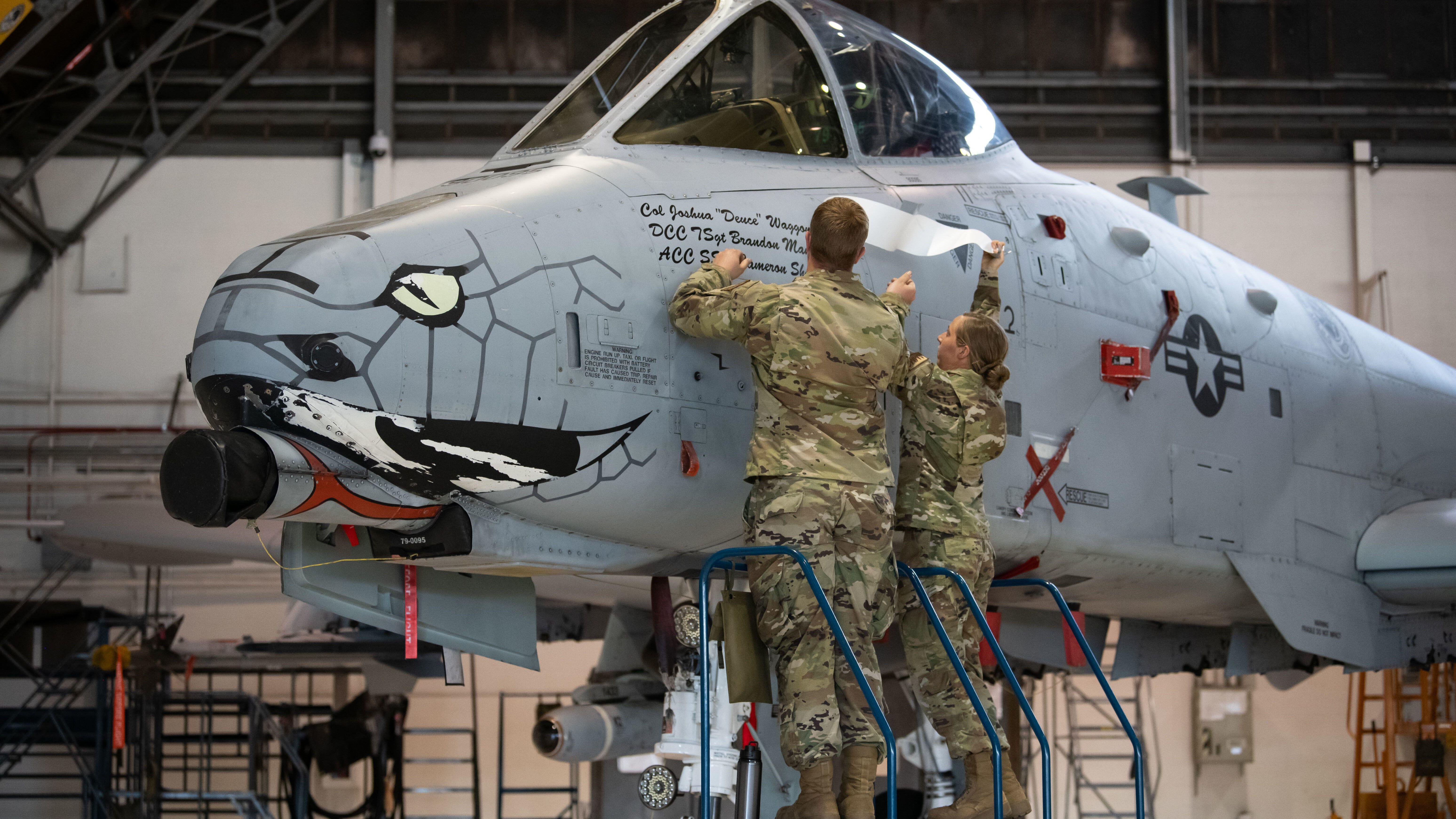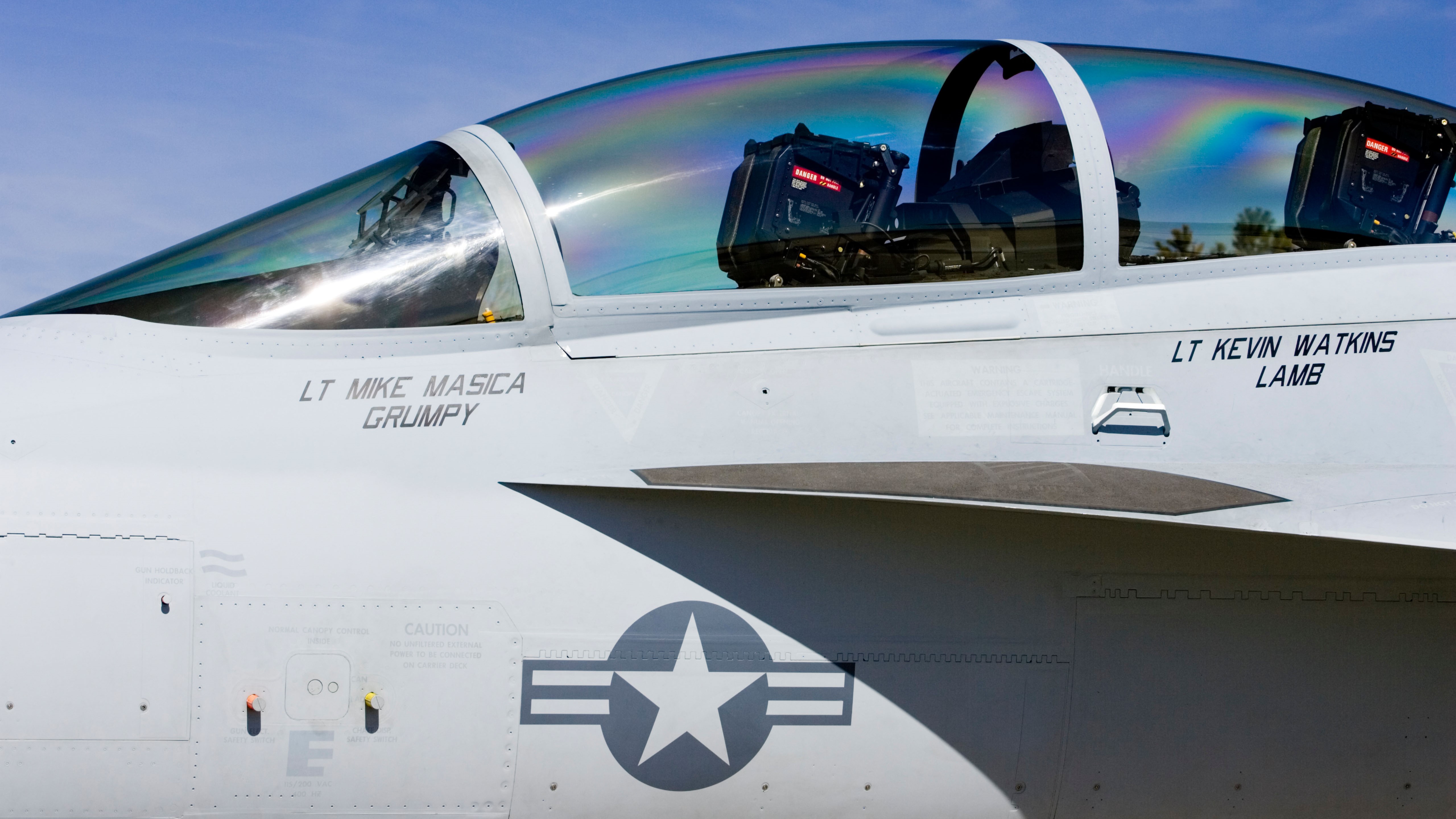
UK vs US: How do military pilots get assigned callsigns and are they cool like in the movies?

The most widely known military callsign has got to be Maverick or Goose from the hit US movie Top Gun, but what is a military nickname and callsign, how are they decided and why are they used?
Callsigns are widely employed among most militaries around the world, and they are usually a group of letters, numbers or can be unique names, used to identify an individual person, vehicle, aircraft, or groupings of personnel.
According to the United States Department of Defense (DoD), pilot nicknames and callsigns are used so that personnel can "quickly identify an aircraft or individual", and to "confuse the enemy", who might be listening in on communications.
Aircraft and pilot callsigns are two separate things. American military fighter jet pilots will be 'assigned' a personal callsign during training or when they arrive at their first squadron or unit.
Once assigned, callsigns are usually stitched onto a pilot's flight suit patches and painted on the outside of the aircraft fuselage next to their seat.
The Department of Defense says that while naming rituals vary from service to service and squadron to squadron, the main rules usually apply "throughout the aviation community, no matter the branch".
It adds: "Most current callsigns are still based on the same sources as in the early days of aviation – a derivative of a last name, physical features, personalities or pop culture."
It's not like in the movies where pilots have cool callsigns – most pilots initially hate the callsign they are given.
Changing a callsign is very rare and the original name can stick with a pilot throughout their career or whichever squadron they are posted to next.
"Unless you've really done something to highlight yourself after you've been given a call sign, typically it will stay the same," said the former commanding officer of US Navy Fighter Weapons School (AKA Top Gun) Commander Chris Papaioanu.
There is also the rule that once a pilot has flown during a combat mission with their appointed call sign, it should never be amended.

Why are pilot callsigns used?
A callsign is a simple way of identifying yourself to comrades rapidly and accurately. Callsigns also serve a second purpose and it's for operational and personal security reasons.
Using first and last names over the radio is a big no-no, as sharing information like this could be used to identify key military personnel and compromise their family and friends back home.
Speed is the reason callsigns are rarely more than two syllables long, as every split second during radio transmission counts.
In a real-life scenario, you observe a surface-to-air or air-to-air missile launch, communicating that information to your wingman at speed is imperative.
Getting tongue-tied saying someone's first and last name or trying to pronounce their name, could be the difference between a pilot having the time to make an evasive manoeuvre and not having the time to defeat the threat.
When are pilot callsigns used?
According to the US Department of Defense, aircraft callsigns were first used when radio became a commodity around 1930 and as radio communications grew in prominence during World War II, including callsigns for planes, ships and occasionally geographic points.
Within the Royal Navy, Army and Royal Air Force callsigns are allocated to the squadron or flight and not the individual flying the aircraft, although some UK military pilots may still have a nickname used among their colleagues.
For example, during Operation Herrick in Afghanistan, AH-64 Apache attack helicopters had the callsign 'Ugly', then followed by a number, used to identify each aircraft. These callsigns would then be handed over to the next pilot on tour.
The only caveat is with the RAF's Red Arrows display team which flies the Hawk T1 jets – each pilot is assigned individual callsigns, 'Red 1', 'Red 2' and so on.
Another example is the 19 aircraft callsigns of the famous Op Chastise 'The Dambusters' raid carried out during the Second World War.
Each of the callsigns used during the operation was 'AJ' followed by the first letter of the nickname of each raiding aircraft.
Wing Commander Guy Penrose Gibson, who led the daring raid and commanded the Lancaster Bomber nicknamed 'George', was simply known as 'AJ-G' over radio communications.
Other heavy bomber aircraft callsigns in the mission and used to destroy dams included Orange, Sugar, Popsie, Nancy and Apple.

For the United States Air Force's heavy bomber aircraft, officially named the B1 Lancer, the aircraft's nickname is 'The Bone', because when you look at 'B-one', it reads 'bone' when spelled out.
In recent years, the US Navy confirmed it was tightening the rules for its pilot callsign approval process after American aviators in flight training complained of racist designations being assigned.
It is still typical for peers to first appoint a pilot's callsign and the Commanding Officer of that unit will usually give final approval.









